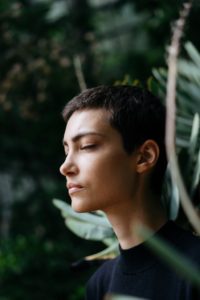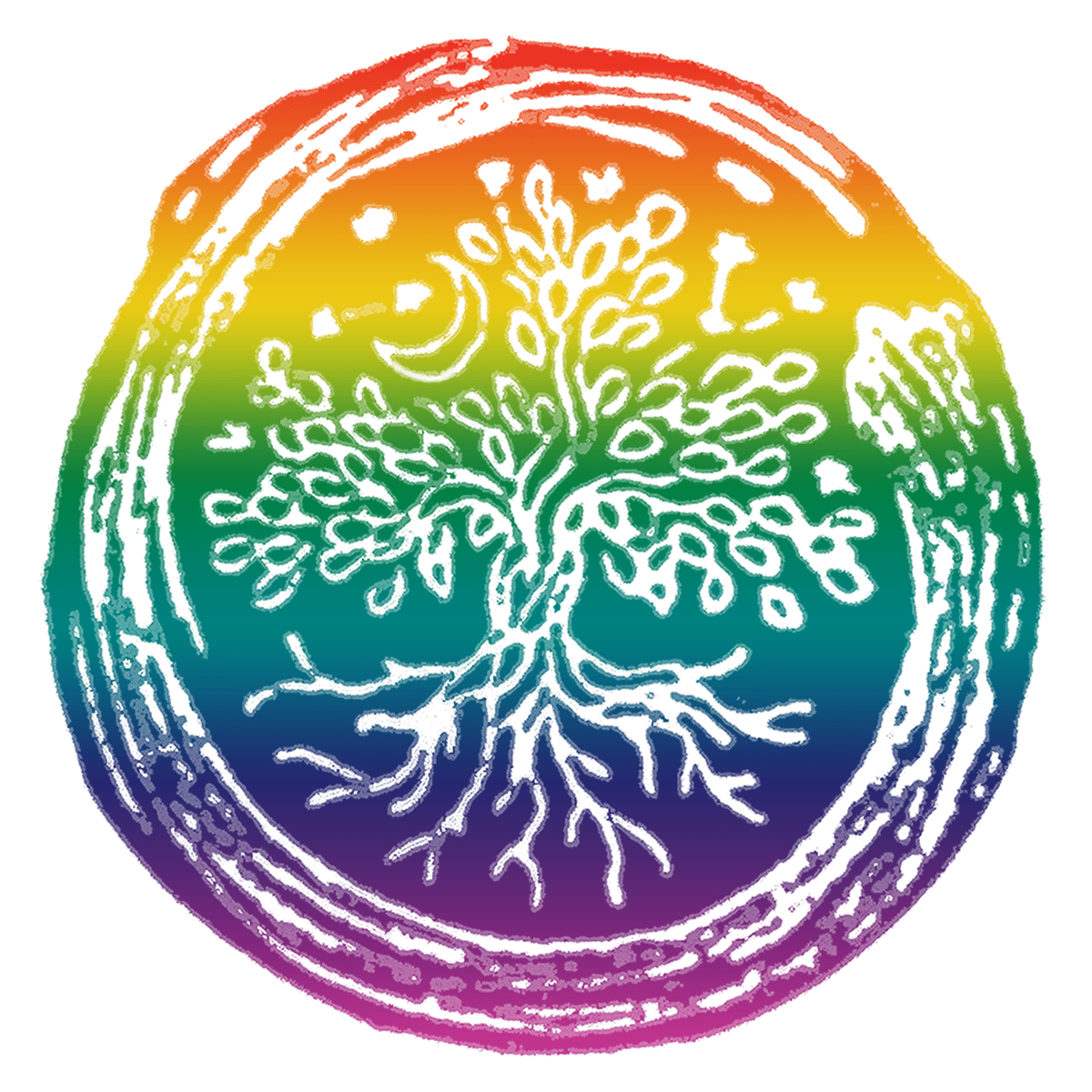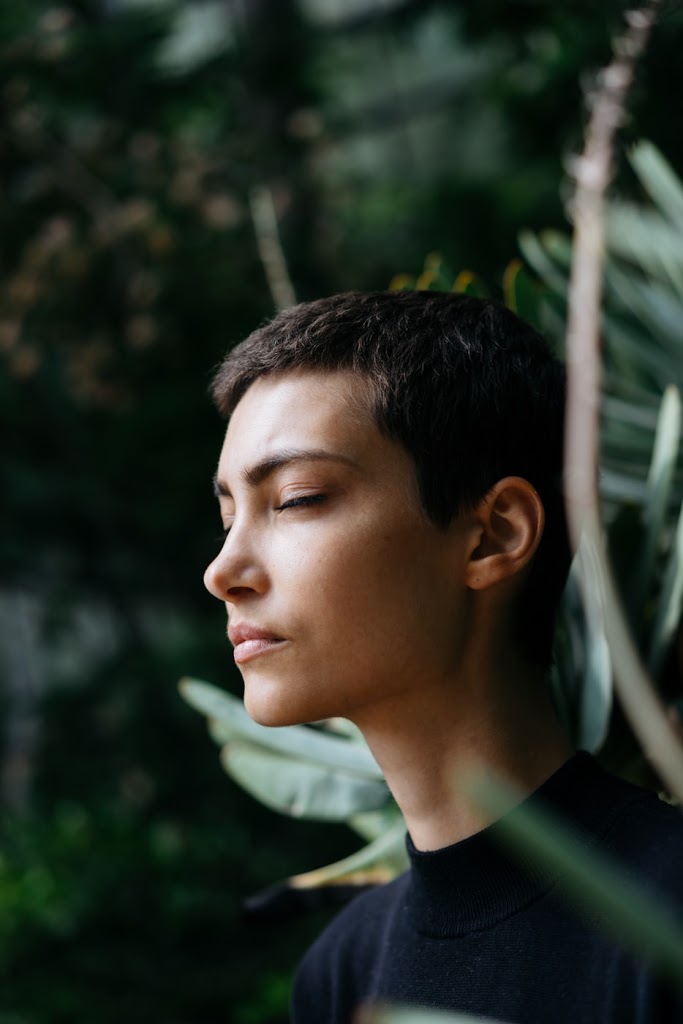O is for Observer
By River Soulshine

Welcome to Mindfulness 101.
Cultivating the observer is about cultivating you: that whom is watching.
That is to say, this is the practice of gathering the part of yourself that is observing your process. When you really think about it, this practice of cultivating the observer is critical, even just to make sure that someone is here, watching as things unfold in the present moment. Even when you’re in process and observing your process, this is the part of you that is watching.
In cultivating this you are cultivating choice so that you can choose which kind of process you want to create and experience, for yourself. You are choosing to live from centeredness.
Choosing to walk with the sacred.
Choosing to walk in your highest self, to follow natural law.
You are choosing to be in your parasympathetic nervous system, and choosing to actively cultivate your egoic development. As you move into healthy ego, you begin living from a state of healing a majority of the time. Even as you experience stress, you may experience it from a space of calm, a space of curious, and a space of having access to the next most positive story. Of having access to the felt sense of truth and knowing that you’re able to find the play even in the sorrow, the lightness in the shadow work, and to find the balance and move from centeredness.
Cultivating the observer allows you to do this because it’s the meta-process, the part of you that’s able to watch and say, “whoa, I’m doing a great job bringing in positive framing, maybe five times as much as I’m bringing in negative framing!” Or maybe, “Oh my, I’m quite preoccupied at the moment, looping on the same thoughts over and over again.” Also, how about this one:“I can make the decision to not do that, I can make the decision to have a different kind of adaptive strategy that’s more supportive and that’s moving me in an upward spiral of light. A decision of growth mindset instead of fixed mindset!”
There isn’t much to it, when you’re setting out to cultivate the observer. There are many books to assist with the journey, if you even just choose to visit your local book store’s self help section. For more advanced learning, you can also look into Centered and Exhilarated Observer (CEO) Dialogue, which is the practice of cultivating the inner observer along a spectrum of seven separate stages of growth. Each stage corresponds to a widening of the brain’s ability to perceive consciousness with a refinement of the mind’s ability to make sense of the incoming signals. This practice starts with becoming acquainted with both the mindful observer of the left brain and also the embodied observer of the right brain. As these two observers begin to quickly alternate between each other, they form a stable foundation for further egoic development, as the identity shifts along a spectrum of observers that become more and more useful, as practices continues. The spectrum of seven observers are as follows:
1. Stress with Options (SWO) – If we can practice becoming aware of our thoughts and emotions when we’re feeling stress, we can begin to notice the options we have available. Often times these options are sitting in plain view but we do not notice them, because we’re too busy being stressed out. These options could be as simple as recognizing that you’re hungry and it would be good to eat something. Another option could be assessing whether you could do a little of the project now and save a little for later, to keep your sanity, instead of trying to cram a large project into a small time window. As we practice noticing the options in stressful situations, we also reap the benefits of cultivating a mindful observer when things are going great. This helps us create plans for our future from the part of us that is in touch with the things in life we truly enjoy. As this observer grows, we are actually healing our relationship with our body and our brain.
2. Right Discernment (RD) – Cultivating right discernment is an acronym which stands for:
- (R) Resourced – Am I feeling resourced at the moment, in that I’ve slept, I’ve eaten, and I’m generally feeling calm and curious? Is the other person feeling similarly resourced?
- (I) Invested – Are you in a difficult situation because you’ve chosen to invest in it? This could be a day job, acting as a care giver, and so on. It’s important to discern if you’re in this power-dynamic, or if someone else is in this power-dynamic with you, because it can help bring up important questions to contemplate.
- (G) Good – Does this person know what is good for you? Have you taken the time to teach them how you like to feel supported? Are they good at supporting you in the way you like? Can you do the same for them? This discernment brings up many important questions to assist from the observer.
- (H) Healing – Is this relationship healing for me? Often times we can socialize in order to meet our community needs, but what if we’re in a situation or relationship that is making things worse? What if it is the source of us needing to go somewhere else to heal our community needs? Or what if someone is just great and we feel wonderful whenever we’re with them? These are important things to consider.
- (T) Tensegrity – What if a difficult topic comes up? Will I be able to keep my structural integrity, so to speak? Or will I lose calm and curious and become overwhelmed and stressed? And what about them? Are they the type of person that can keep calm and curious? Tensegrity is when separate elements are supporting each other, so that if one person loses them self the other person is there to catch them. Does this situation have tensegrity?
Through the practice of right discernment, we can jump up a level beyond simply noticing stress with options. This jump in the quality of our observer can help us begin to heal the connection between our body, brain, and mind.
3. Right Action (RA) – In the third observer, the practitioner’s sense of identity begins to enlarge, from the space where the mind is receiving healing, in addition to the body and brain, to the consciousness itself that orchestrates this healing. As the practitioner spends more time in this state, this new observer becomes natural and is much more helpful, especially in difficult situations.
4. Insight (I) – This fourth observer, referred to as Insight, emerges when the practitioner’s consciousness rests in the very awareness in which the healing of the body, brain, and mind is orchestrated. When the practitioner is in this state, Insight begins to flood into the present moment. This can be helpful in healing relationships with the self, with others, and with our connection to all beings.
5. Supportive Environment (SE) – In the 5th observer, the very idea of perspective taking is as natural and persistent as breathing. This expanded awareness cannot help but create a supportive environment with each interaction with others. While each expansion of the observer has reduced the stress of difficult situations, this stage of growth is a turning point where more and more replenishment and nourishment will start pouring in from the world around us to assist when difficult situations do arise.
6. Unitive-Consciousness (U) – Up until now, we’ve focused on healing the body, brain, and mind. This stage of egoic development is targeting the healing of our spirit as well, while nurturing a well-spring of replenishment within our inner experience, even in difficult situations.
7. Primordial-Consciousness (P) – When you are immersed in primordial consciousness, the inspiration to speak can arise. Embedded in that inspiration is certainly the content to be spoken: the meaning that will resonate once it has been spoken. This inspiration is the tao which cannot be spoken. However there are ways to use words and convey context that are close enough to the tao that much can be communicated and a shared vicinity can be arrived at. To do so, it just means pulling in some of the faculties of the unitive consciousness of our whole brain experience that is capable of finding words and speaking them. Since you have arrived at this state from a centered and exhilarated path of practice, you will also undoubtedly be pulling in the faculties that are aware of how each being in your vicinity likes to be supported. If you already have a relationship with them, you will also know which words are better choices for communicating the meaning/tao that will likely find resonance in the We, once spoken. When the inspiration/tao comes to be spoken from the primordial state, it is almost always coming from the We, so what it is spoken, if there are other beings around, they too will resonate with it in a way that furthers their connection to their own access points of the We.
You may have noticed that these seven observers form the acronym SWORD RAISE UP: Stress with Options (SWO), Right Discernment (RD), Right Action (RA), Insight (I), Supportive Environment (SE), Unitive-Consciousness (U), Primordial-Consciousness (P). As we learn to recognize that with stress we have options, we can employ right discernment. This pairing is like a double-edged sword, slicing not only through any difficult situation but in so doing we also slicing through our self, revealing our true nature. In the later observers, we learn to raise the sword of our discernment, through right action, insight, and creating a supportive environment. As we enter the final stages, we can raise our sword all the way up, healing the spirit in unitive consciousness and also rekindling our relationship with nature, the forest, and with our ancestral roots.
For more info on CEO Dialogue, visit http://ceodialogue.org, where all materials are available for free and are licensed under creative commons for open source distribution.




